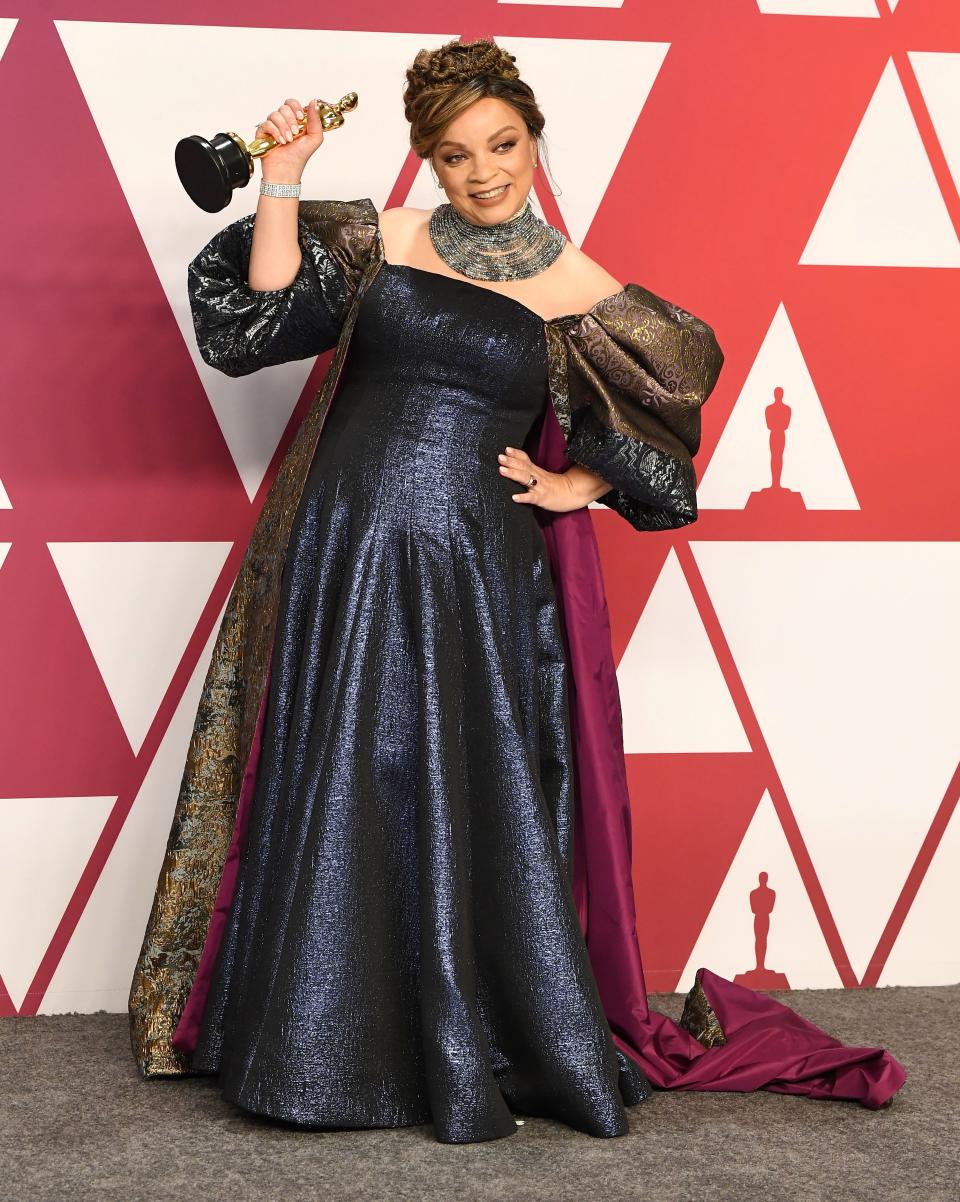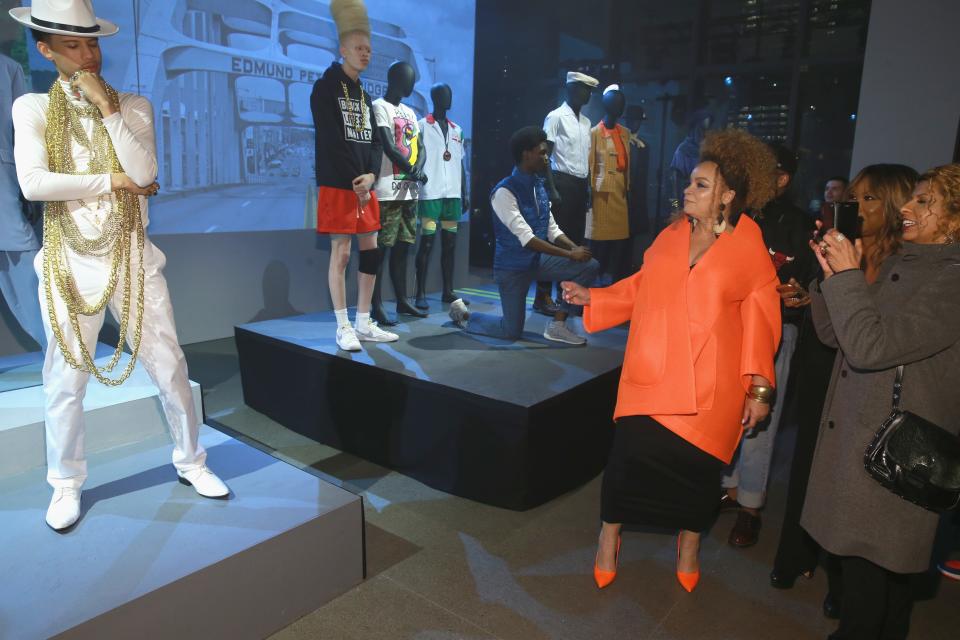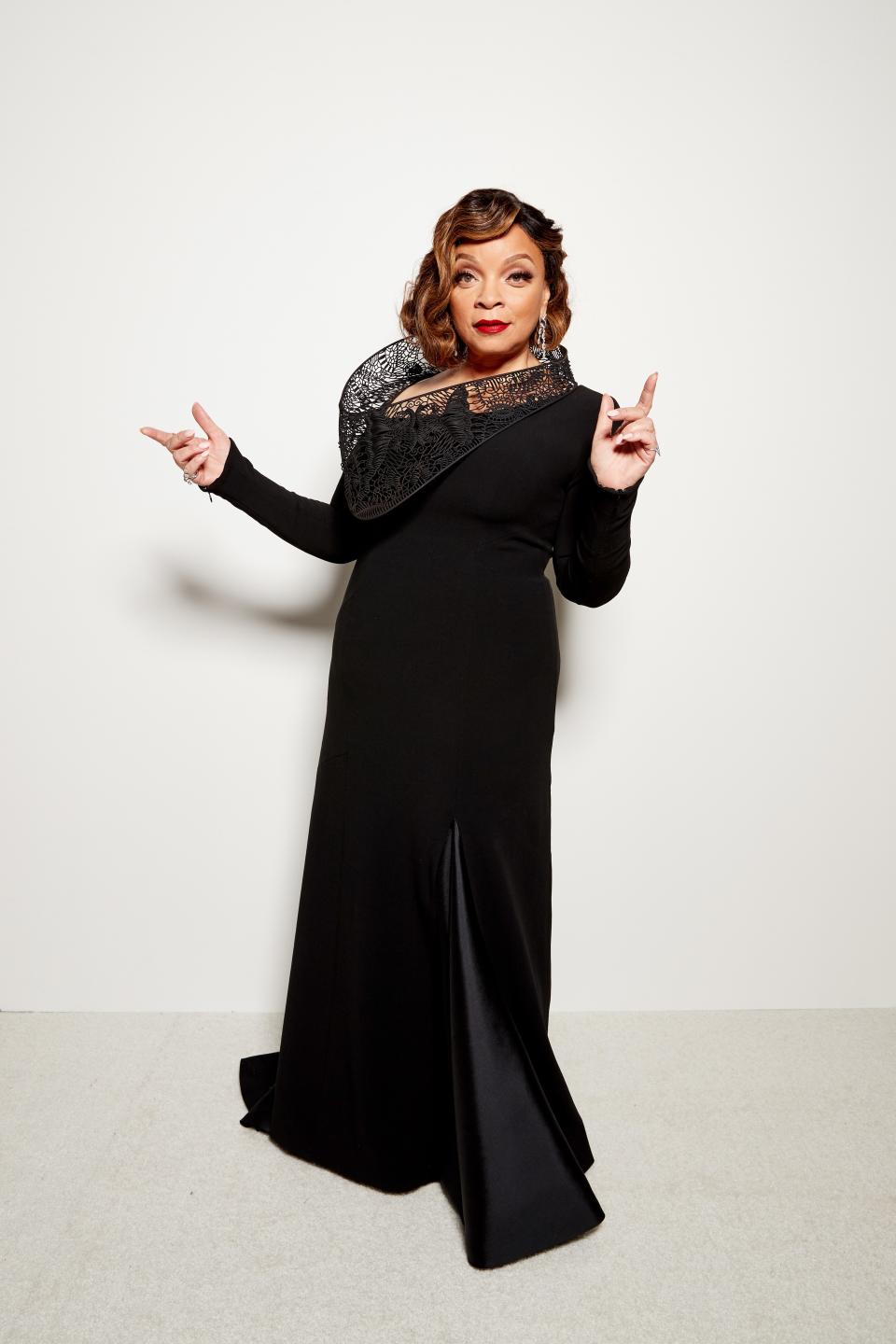Ruth E. Carter Has Been Shaping Fashion on Film for Decades
Some people were introduced to Ruth E. Carter on February 14, 2019, when she became the first black woman to win an Oscar for costume design. But most had already come across her work before Black Panther smashed record after box-office record. Her career spans three decades and more than 40 films—and if you’ve seen Do the Right Thing, Malcom X, or How Stella Got Her Groove Back, or even that one episode of Seinfeld, you’ll recognize Carter’s meticulous approach. Still, it was Black Panther that changed everything.
The biggest difference between Carter pre-Black Panther and post-Black Panther, she says, is that people now know her name, not just her onscreen work. She’s lecturing at universities across the country. She’s getting exhibits and career retrospectives. Her craft, which has historically remained behind the Hollywood curtain, is smack in the middle of the spotlight—and Carter has been put in the role of an ambassador for the trade.
“This last year has been incredibly fulfilling,” Carter, 59, says. Besides the new fans and gold statuette with her name on it, the biggest adjustment, she says, has been to her approach to “the process”: She’s become more protective of it, of the stories and people that inspire her work. “It’s not easy. But I know what it feels like to go through shops and unearth treasures and finally realize this character you’re struggling to envision and put together. If I get too far away from that, I don’t know how I’ll change the way I craft my projects.”

91st Annual Academy Awards - Press Room
A recurring trait of Carter’s costume design is her immersive approach to research and careful attention to detail, even when her assignment is to imagine what the inhabitants of a fictional sub-Saharan African nation would wear. As soon as she receives a brief for a potential project, Carter will start reading, pulling images, going to museums, and doing whatever she can to immerse herself in the culture of what she’s working on. Then she’ll connect with illustrators to translate that information into an aesthetic. A month or two before filming, she’ll get started on the “big items—anything that’s molded, embroidered, that takes a long time and needs graphic artists.” All in all, the process is “like a big mound of clay that you start shaping and shaping and shaping,” she says.
Though she’s worked with a range of directors, Carter cites Spike Lee as the collaborator who has had the biggest impact on her career. (Her first costume designer credit was on 1998’s School Daze, and her first Oscar nomination came from her work on 1992’s Malcom X—both Spike Lee joints.) “He pretty much gave me my start, raised me up, gave me the freedom to be an artist, and taught me bravery,” she says. “I know what it means to be a department head and be a designer because of the many films, commercials, and all kinds of projects we did together.”
The throughline of all of her projects, Carter says, is “interesting, colorful people. In all of my work, like in Do the Right Thing, Selma, and The Butler, you see color. But not only do you see color, you see it combined in a way that tells the story of a person. I can go back to comedies that I’ve done and even to more serious films, and there’s a color story there.”
At this point a lot of people want to have Ruth E. Carter attached to their movies. But she can’t say yes to everything that comes across her desk. And sometimes saying no is more than just missing out on a credit. “The loyalty that you make in this industry is incredible, and you just have to learn that you can’t please everyone,” she says. “It’s going to be one of those rides where people are disappointed and may not ask you to do another one.”

IMG And Harlem Fashion Row Host "Next Of Kin": An Evening Honoring Ruth E. Carter - Inside
Still, there’s a lot of Ruth to look forward to in the near future—namely, Coming to America 2, the highly anticipated sequel to the 1998 comedy. “It’s a hard act to follow, and I’m reminded of that all the time,” she says. “But knowing that it was such an iconic film, I know it’ll never be what it was—I have to take it into what it is now.” In terms of what you can expect from Prince Akeem and Co.’s outfits, she says, “We’re much more aware of Africa and we’re much more informed than we were back in the ’80s. There’s so much more we can explore today that we weren’t exploring then, and those are the things I wanted to bring into this story—a new way of looking at royalty.”
Carter also sees Coming to America 2 as an opportunity to bring more inclusivity to the screen through costume. “I have several artists from South Africa to Nigeria to India that are all working on pieces for me for Coming to America, and that inclusion to me is really different than I think what most experience as a costume designer,” she says. Collaboration was something she learned from working on a Marvel set, that there’s “enough room for us all to share”—and that, ultimately, it’s in everyone’s best interest to come together and share their talents.

21st Costume Designers Guild Awards x Getty Images Portrait Studio presented by LG V40 ThinQ
She’s said her philosophy for costume design is that it shouldn’t look like a costume: It should reflect the world, the people, and the story you’re telling with authenticity—or else, how is the audience supposed to connect with them? Looking at the fashion landscape now, Carter believes we live in an era of individual expression unlike any we’ve seen before. “There’s a daring right now, where you see something incredibly artistic and outside of the norm and it’s exciting,” she says. “I think we’re going to look back at this time in fashion and say there was a statement being made, and that was, You can be who you are and unapologetic. And that, I think, is really wonderful.”
Originally Appeared on Glamour

